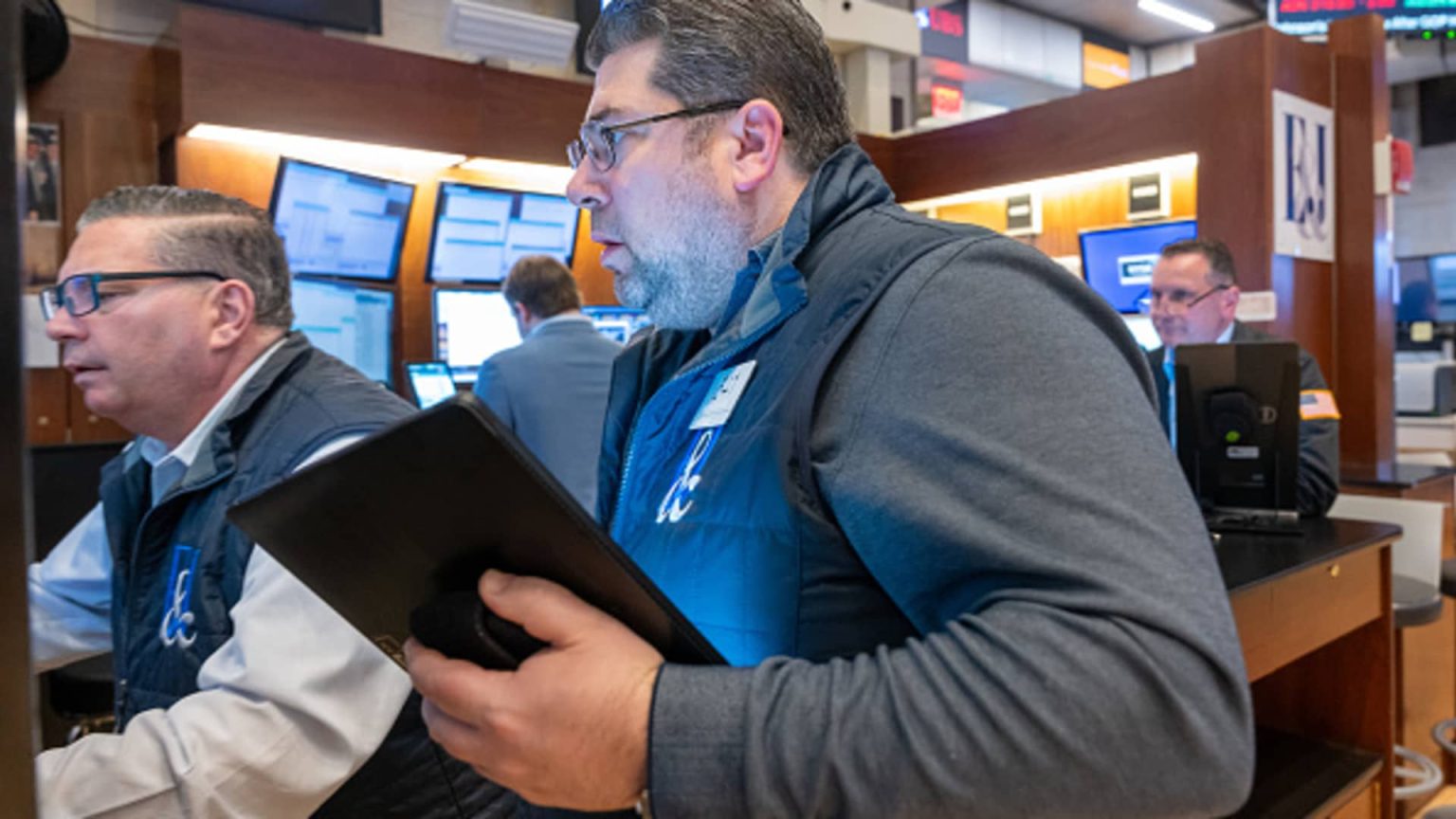The stock market experienced a sharp pullback after five consecutive months of gains, with the S&P 500 falling 5.5% in response to various factors such as rising inflation, a patient Federal Reserve, seasonal headwinds, and geopolitical conflicts. The market had been driven by momentum and high valuations, particularly in tech stocks, which led to a significant correction. However, indicators suggest that a rebound may be imminent, as the Nasdaq Composite has dropped nearly 8% and become oversold. Market breadth readings, put-option volumes, and the inversion of the Volatility Index all point towards a potential snapback in the near future.
Historically, buying the dip after a 5% market pullback has been a successful strategy, with the market recovering to new highs within three months in most cases. However, the pattern may have shifted since 2022, with rising Treasury yields driving stock corrections rather than acting as a buffer as they have in the past. Despite concerns about high yields affecting stocks, equities have been able to make peace with them under the right conditions. A potential 10% correction from the S&P 500 high of 5254 would test the index’s first-quarter breakout and provide an opportunity to reassess current fundamentals.
The recent decline in the market has brought the S&P 500’s forward multiple down from 21 to 20, although it remains relatively high. The equal-weighted index is at a discount compared to the marquee version, suggesting potential opportunities for broader market stocks to outperform. Rising bond yields have hindered this broadening action, with cash-rich, secular-growth mega-caps being seen as defensive against macro fluctuations. Amidst the market turbulence, energy and traditional defensive groups, along with financials, emerged as leaders, signaling a potential rotation away from overcrowded bets by professional players.
Looking ahead, the upcoming PCE report will provide insights into inflation relative to the Federal Reserve’s target, potentially shaping market expectations around interest rates. The pullback in the market has helped to cool off investor expectations and clean up aggressive positioning just in time for a busy week of big-cap earnings reports. The market remains in a state of flux, with uncertainties around economic resilience, rotational dynamics, and shifting narratives. As traders keep a close eye on oversold readings and market sentiment indicators, the potential for a rebound remains a possibility as the market navigates through challenging times.


